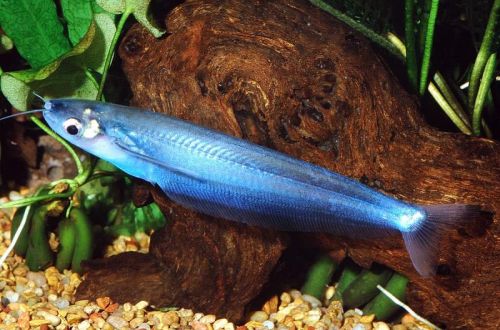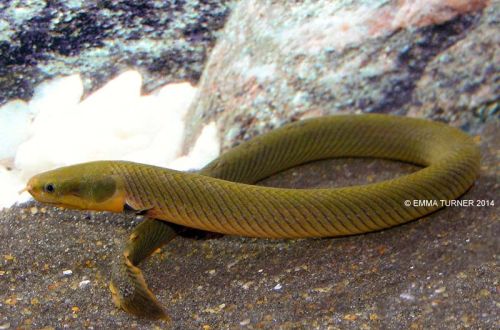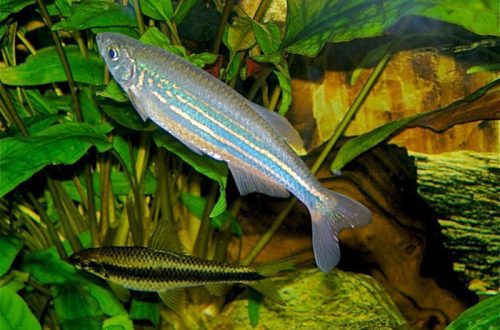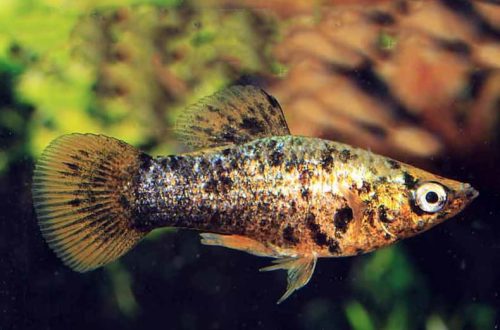
Blue glass catfish
The blue glass catfish or Smoky glass catfish, scientific name Kryptopterus cryptopterus, belongs to the Siluridae family. Although it belongs to miniature predators, it is an easy-to-keep, unpretentious fish that gets along well with other fairly large species.

Contents
Habitat
It comes from Southeast Asia from the Malay Peninsula (southern Thailand, northern Malaysia) and the Greater Sunda Islands (Sumatra, Borneo and Java). Inhabits rivers and streams, the water in which is highly turbid, and the bottom is littered with numerous snags.
Brief information:
- The volume of the aquarium – from 150 liters.
- Temperature – 20-27°C
- Value pH — 6.0–7.5
- Water hardness – 2–15 dGH
- Substrate type – any
- Lighting – subdued
- Brackish water – no
- Water movement – little or no
- The size of the fish is up to 14 cm.
- Food – any sinking food
- Temperament – peaceful
- Content in a group of 3-4 individuals
Description
Outwardly, it resembles its closest relatives – Glass catfish and Spotted glass catfish, but unlike them, it is larger and has a blue or blue body color.
Adult individuals reach a length of up to 14 cm. The body is elongated and flat, a long anal fin stretches from the abdomen to the tail. There are two large antennae on the head, which help to find prey in muddy water. Sexual dimorphism is weakly expressed, there are no obvious visible differences between male and female.
Food
A carnivorous predatory species that feeds on small invertebrates, crustaceans and small fish, but despite this, the popular dry food in the form of flakes and granules will also be accepted in the aquarium. Several times a week, the diet should be diluted with live or frozen foods, such as brine shrimp, daphnia, bloodworms, small earthworms, etc.
Maintenance and care, arrangement of the aquarium
The optimal size of the aquarium for 3-4 fish starts from 150 liters. The choice of decoration does not really matter, but as practice shows, it is advisable to set a low level of lighting and provide several shelters so that catfish do not become too shy. The content of the Blue glass catfish is possible only in stable water conditions. Do not allow sudden changes in temperature and values of hydrochemical indicators. To do this, it is necessary to carry out regular maintenance of the aquarium and installed equipment, to prevent the accumulation of organic waste.
Behavior and Compatibility
Despite its predatory disposition, it is a peaceful calm fish that can get along with other non-aggressive species of a comparable size. It is worth remembering that any small fish that can fit in the mouth of a catfish will certainly be eaten. They prefer to be in a group of 3-4 individuals.
Breeding / breeding
At the time of writing, no successful cases of breeding in the home aquarium have been recorded. Supplied for sale from commercial fish farms.
Fish diseases
Being in favorable conditions is rarely accompanied by a deterioration in the health of fish. The occurrence of a particular disease will indicate problems in the content: dirty water, poor quality food, injuries, etc. As a rule, eliminating the cause leads to recovery, however, sometimes you will have to take medication. Read more about symptoms and treatments in the Aquarium Fish Diseases section.





